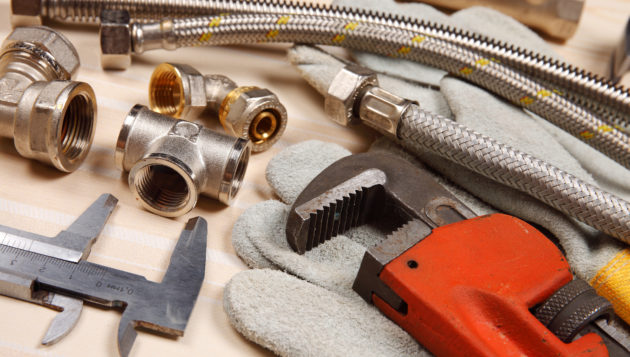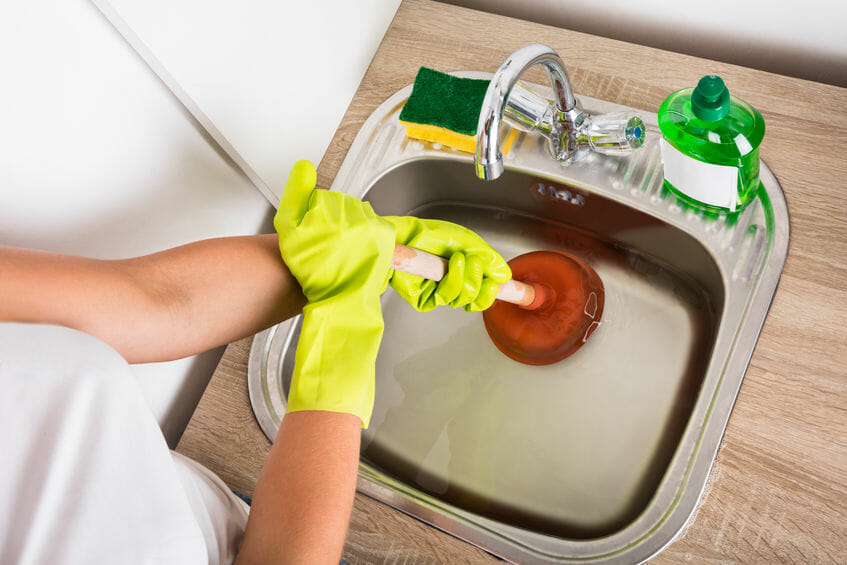Intelligent Strategies to Guard Your Pipes in Cold Weather
Intelligent Strategies to Guard Your Pipes in Cold Weather
Blog Article
We have uncovered this post relating to Winterizing Your Pipes down the page on the internet and accepted it made perfect sense to talk about it with you on my blog.

All property owners that live in warm climates need to do their finest to winterize their pipelines. It is something you should do during fall before deep winter genuinely starts. Failing to do so can lead to catastrophe like icy, cracked, or ruptured pipes. Below are some useful winterizing hacks to maintain your plumbing system secured even if the weather exterior is terrible.
Switch on the Faucets
When the temperature drops as well as it seems as if the freezing temperature level will certainly last, it will help to activate your water both indoors and outdoors. This will certainly keep the water moving via your plumbing systems. On top of that, the movement will certainly reduce the freezing process. Especially, there's no demand to transform it on full force. You'll end up squandering gallons of water in this manner. Instead, go for regarding 5 declines per minute.
Open Cupboard Doors Hiding Plumbing
When it's cool outside, it would be useful to open up cabinet doors that are camouflaging your pipes. Doing this little technique can keep your pipelines warm as well as restrict the potentially hazardous end results of freezing temperature levels.
Take Some Time to Wrap Exposed Water Lines
One easy and also nifty hack to warm up cold pipelines is to wrap them with warm towels. You can likewise make use of pre-soaked towels in hot water, just do not forget to use protective handwear covers to protect your hands from the heat.
Try a Hair Clothes Dryer or Warm Weapon
When your pipelines are almost freezing, your dependable hair dryer or heat gun is a blessing. Bowling hot air directly into them might assist if the warm towels do not aid remove any resolving ice in your pipelines. Nonetheless, do not make use of other things that generate direct flames like a blow torch. This can lead to a larger calamity that you can not control. You may end up damaging your pipes while trying to thaw the ice. And in the future, you may also end up burning your home. Be careful!
When Pipelines are Frozen, shut Off Water
Shut off the primary water shutoff immediately if you discover that your pipes are totally icy or practically nearing that phase. You will typically discover this in your basement or utility room near the heating system or the front wall surface closest to the street. Turn it off immediately to avoid more damage.
With more water, even more ice will certainly load up, which will eventually lead to burst pipes. If you are unsure regarding the state of your pipelines this winter months, it is best to call an expert plumber for an evaluation.
All property owners that live in warm climates have to do their best to winterize their pipes. Failure to do so can lead to calamity like icy, broken, or burst pipes. If the hot towels do not assist remove any kind of clearing up ice in your pipelines, bowling hot air straight right into them may aid. Transform off the primary water valve instantly if you discover that your pipelines are entirely icy or virtually nearing that phase. With even more water, even more ice will load up, which will at some point lead to rupture pipelines.
PREVENT YOUR PIPES FROM FREEZING THIS WINTER
A Leading Cause of Property Damage
When the weather is taking a deep nose dive into the cold dreary days, the risk of your pipes freezing and potentially bursting skyrockets. Unfortunately, during these cold dreary months, burst pipes are the most common denominator for property damage. The pipes that are most at the risk are those that are in areas where it is most cold in your home. For instance, pipes located in interior places such as basements, attics, and your garage. Unfortunately, that doesn’t mean that the pipes running through your cabinets or exterior walls can’t freeze. Good news, however, is that you can do things to help prevent pipes from freezing.
How to Prevent Pipes From Freezing
Once the temperature starts to drop during the winter, you should be taking the proper measures needed to ensure that your pipes stay warm and that there is circulation of water through them. Some steps that experts may recommend could go against your better judgement when it comes to saving water and heat. However, it would go without saying that when expenses are compared, damaged pipes could put a bigger dent in your wallet than a water bill.
What Can I Do?
Keep your garage door closed. This is very important, especially if you have water supply lines running through your garage. Open your kitchen and bathroom cabinets to allow warm air to circulate through them. Allow air circulation throughout your home. Keeping the interior doors open will once again allow the warm air to circulate inside your home. Ensure your thermostat is running the same temperature throughout the night and day. If you plan to be away from home during the cold months, set your temperature no lower than 55° F. This should provide enough heat to keep the pipes warm and prevent any remaining water inside the pipes from freezing. For more of a long-term solution, add insulation to attics, basement, and other crawl spaces around your home. By allowing your faucet to drip, it will alleviate pressure in the system. This is important because the pressure that is created between the blockage and the faucet can potentially cause the pipes to burst. Allowing the faucet to drip will prevent the pressure from building up, therefore keeping the pipes from bursting. Seal any cracks, openings, and crawl spaces around your home to prevent cold air from coming inside. This keeps your pipes-not to mention your home-warmer and less susceptible to issues caused by freezing temperatures. For the pipes in your home that are easily accessible, applying electrical tape to them might prevent them from freezing over. This is a quick fix, as you can apply the tape directly to the pipe. There are two options for heating tapes. One turns on and off by itself when it senses heat is needed. The other type of heating tape needs to be applied when heat is needed and removed when not necessary. If you have exposed pipes in your home, you can check this website to take a look at a few options that would be available at a shop near you.

Do you really like more info about Winterizing Your Pipes? Write feedback further down. We'd be delighted to listen to your responses about this review. Hoping to see you back again in the near future. Those who appreciated our blog entry please don't forget to share it. I praise you for your time. Don't hesitate to check up our website back soon.
Secure top-grade service. Report this page